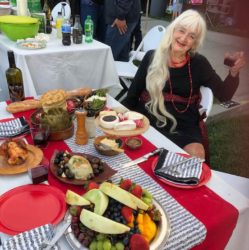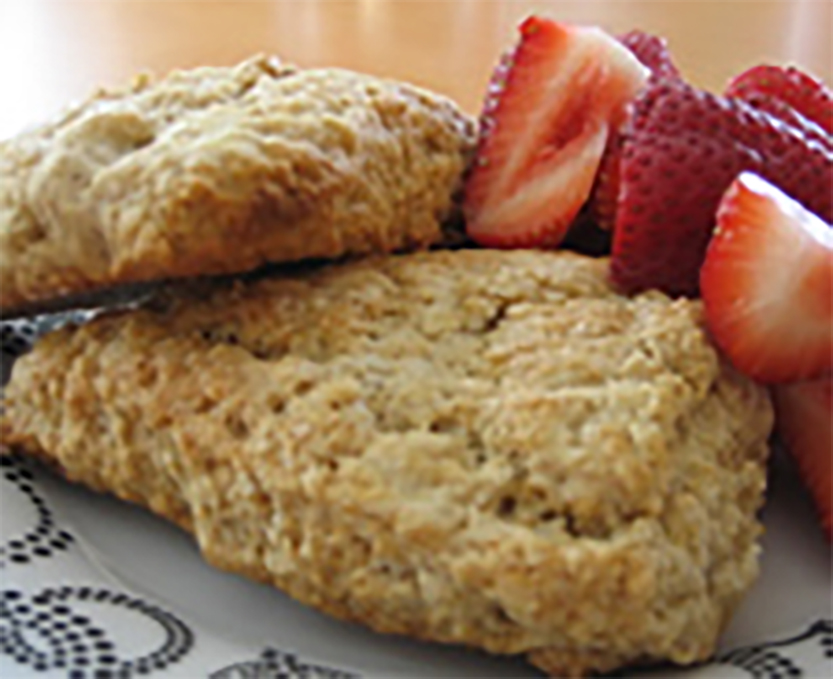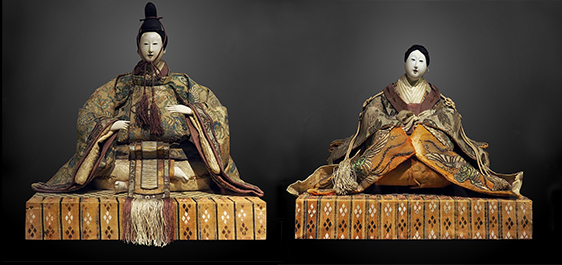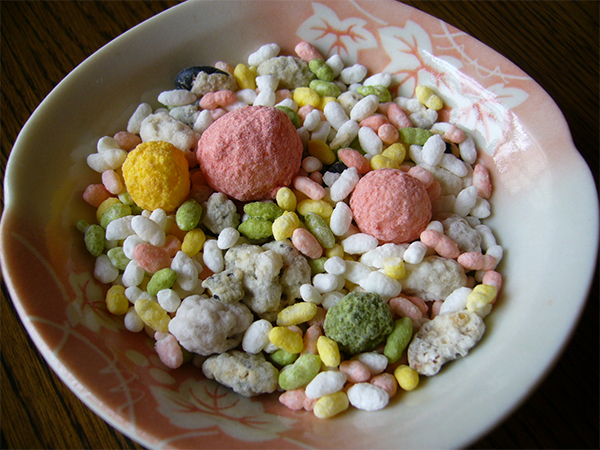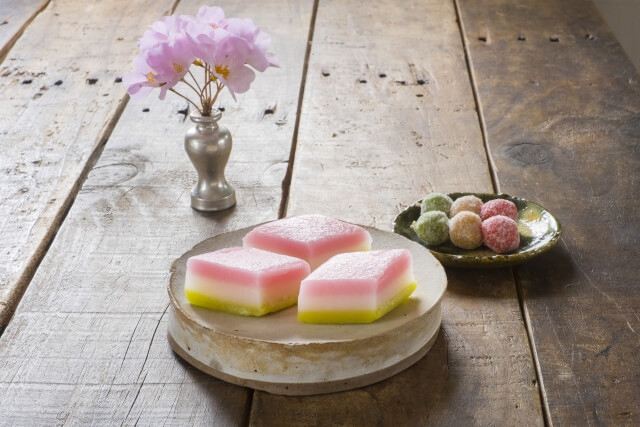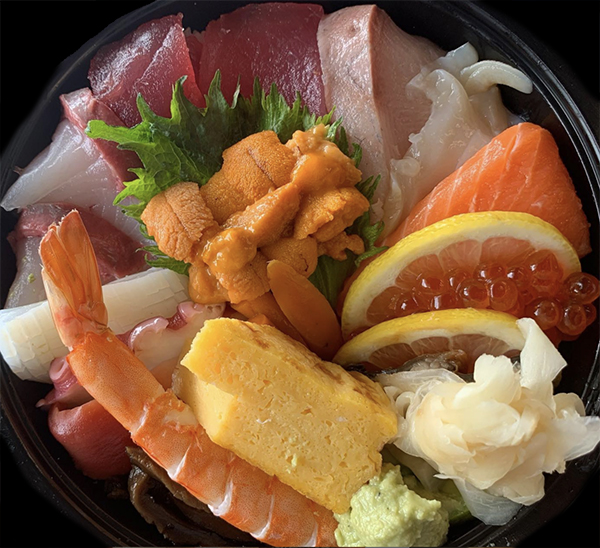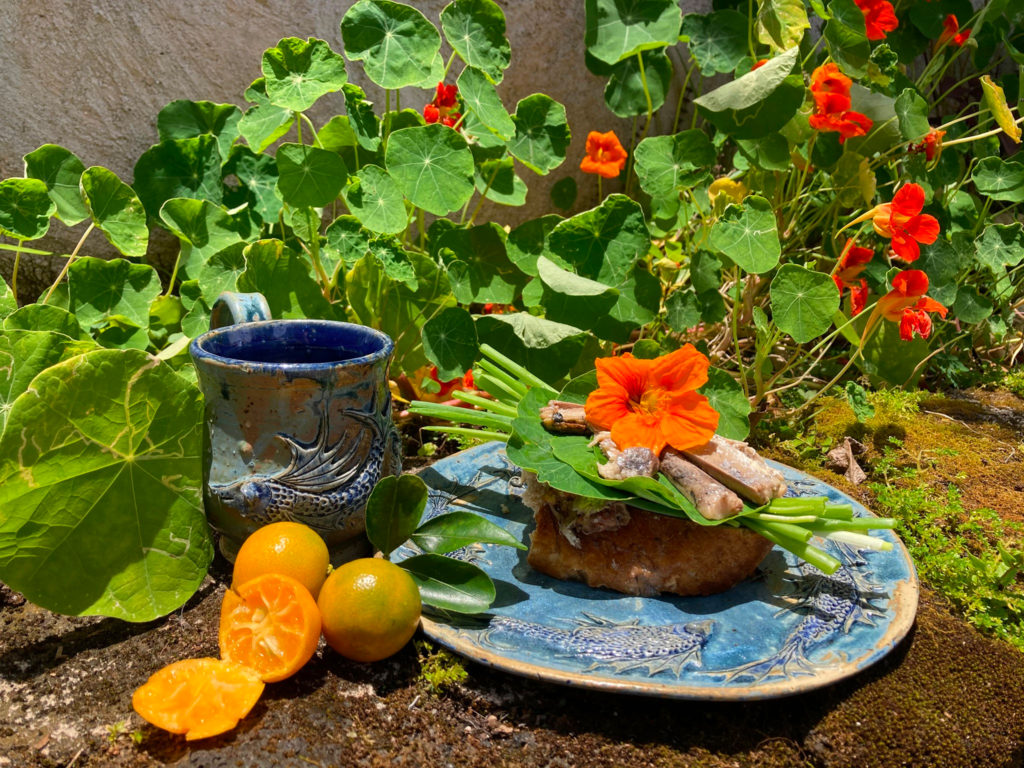Those who knew Geraldine will remember her mantra for good health, “Get off your ass and don’t eat shit.”
She was reared on a farm and had access to wonderful fresh organically grown (her parents were huge advocates of “natural farming”) food. Her parents were close friends of Adelle Davis, and helped Ms. Davis test many of the recipes in the books she wrote.
Geraldine was an active child, running, swimming, climbing playing with the animals when home, and at school she was active in sports. She was an avid basketball player, and her father, Gerald Wenker, was coach of the girl’s team. Her senior year in high school, she was the California State high-diving champion.
In college, she continued to be active, participating in archery, scuba diving, swimming, hiking, camping, and with her first husband, built a boat.
But the food available to college students, and easy access to wine and beer, started a slippery slope which became even more steep when she had her first child and grew less active. Feelings of frustration were quelled with unhealthy eating habits and she began a gain in weight which plagued her for the next 40 years. Though she still remained more active than most people, the additional weight damaged her hips, slowing her down more than she liked. When she became caregiver for her oldest son, she did not have the energy to care for herself. After his death, she began a process which included exercise and healthful eating. Included in that self-care was the decision to have her damaged hips replaced. To be able to have surgery, she needed to get fit. She got out her mother’s old copies of Adelle Davis’ books and with the help of her granddaughter, a nutritionist and massage therapist, began a new journey of loving and caring for herself.
In only a couple of years, she was able again to hike, swim, dance, garden, and do all of the things she loved. In her late 70s she developed lung cancer, probably as a result of smoking for a half century. She opted for palliative care, rather than aggressive treatment, and lived life to the fullest, continuing to sing, garden, and hike until just a few months before her death. To the end of her 82 years, every time people asked “Geraldine, how do you do it?” She replied “Get off your ass and don’t eat shit.”
In addition to eating healthful foods and being active, Geraldine was a huge proponent of daily weigh-ins. At the time, the bathroom scale simply told you the total weight resting on its platform. Useful data, but to get more specific information, such as how much of that weight is muscle VS fat, and how well hydrated you are, you used to have to go to the doctor.
But now. . . Smart scales! Smart scales use bioelectrical impedance analysis, which sends a tiny, safe electrical current through your body to measure your impedance. Impedance is the level of resistance the current encounters as it travels through your body. While not 100% accurate, it gives a more thorough idea of what is going on inside the body. Accessing this information on a daily basis is great bio-feedback to monitor what works and what does not for you.
But whatever books or gadgets we decide to use, it really does come down to what Geraldine always said: “Get off your ass and don’t eat shit.”

